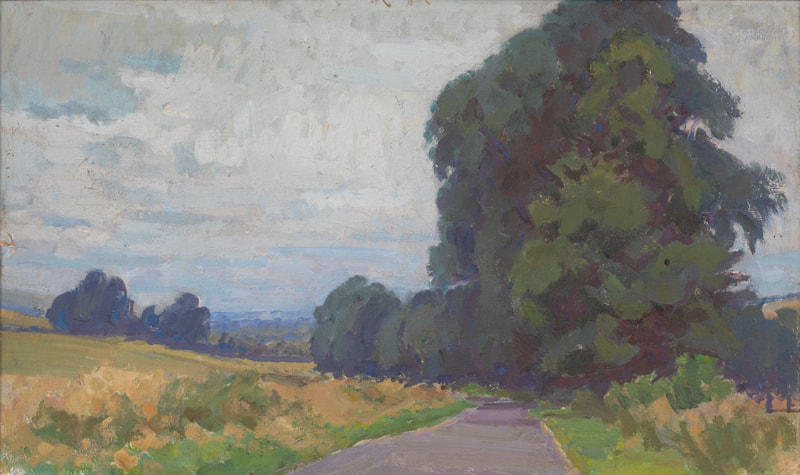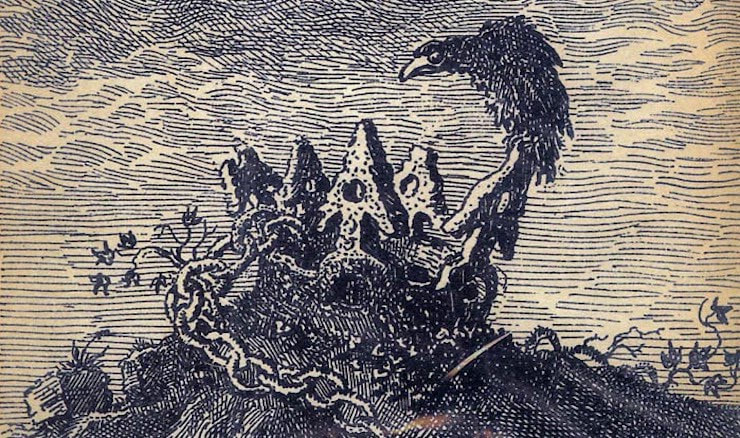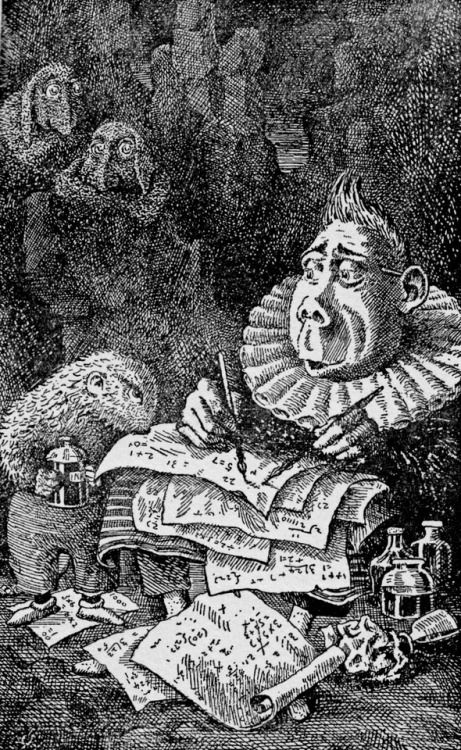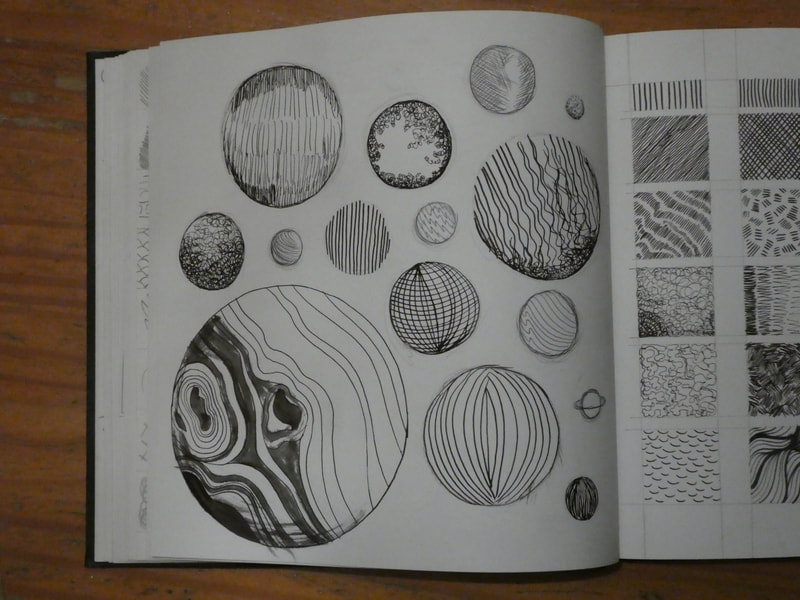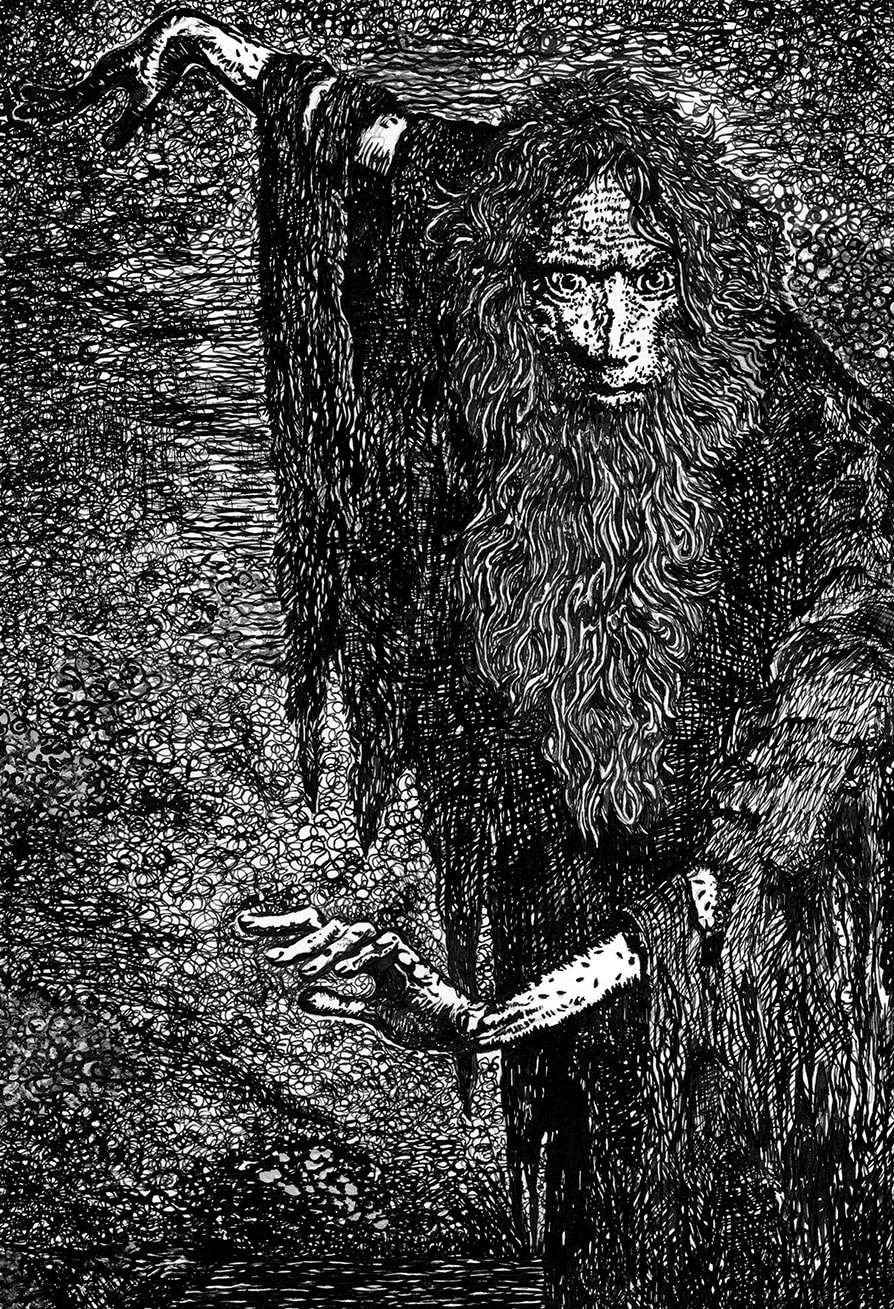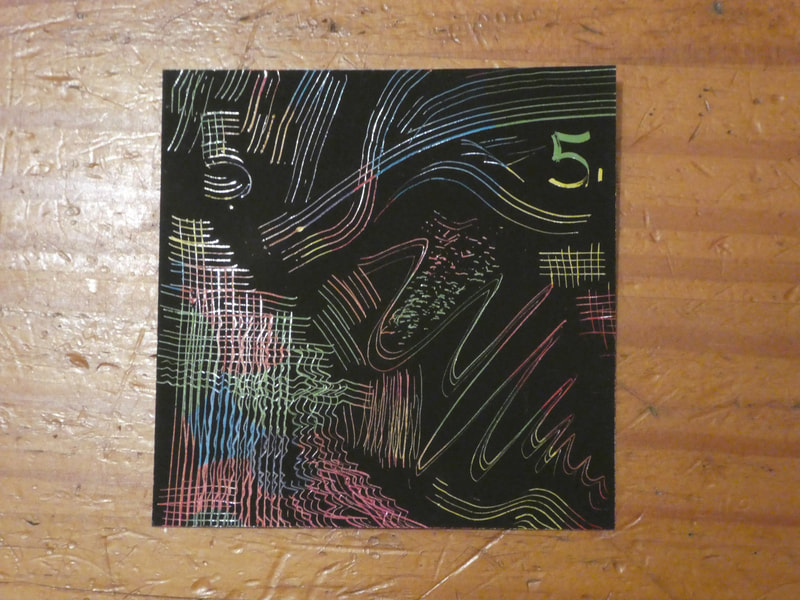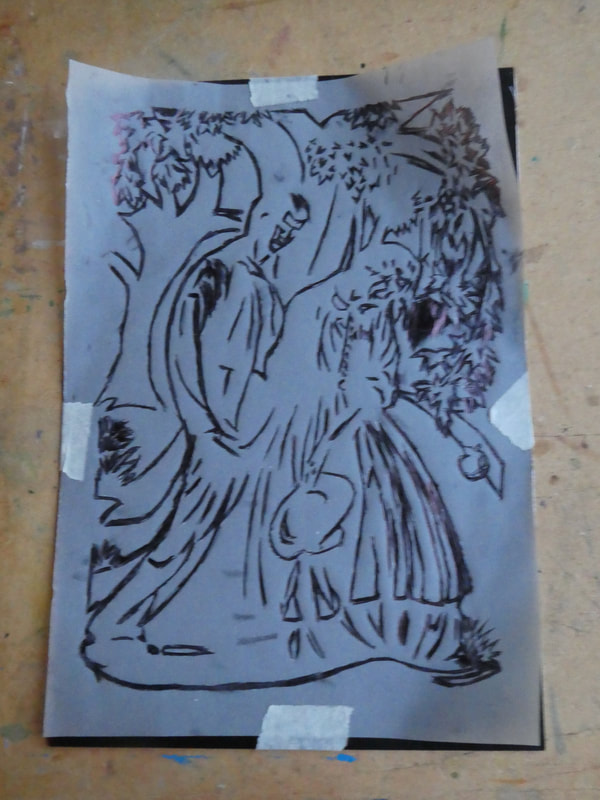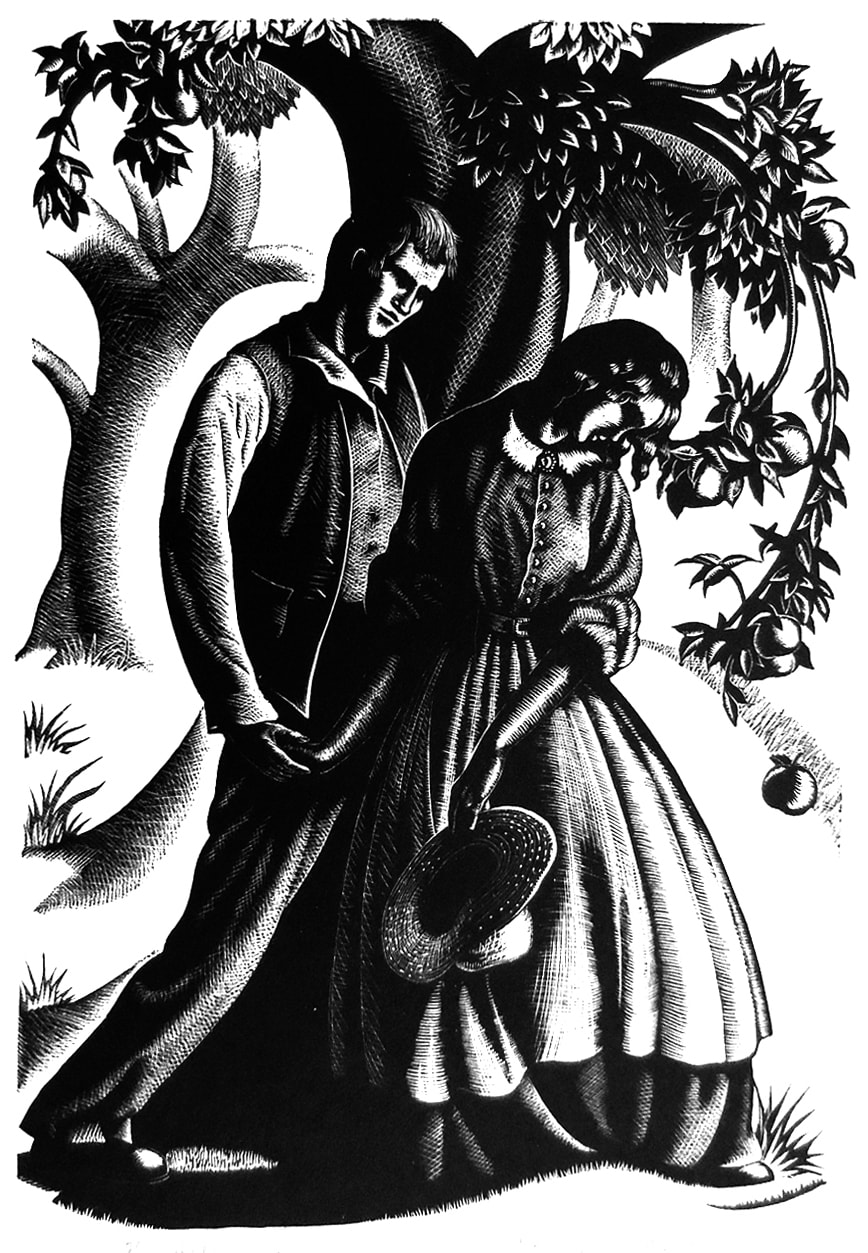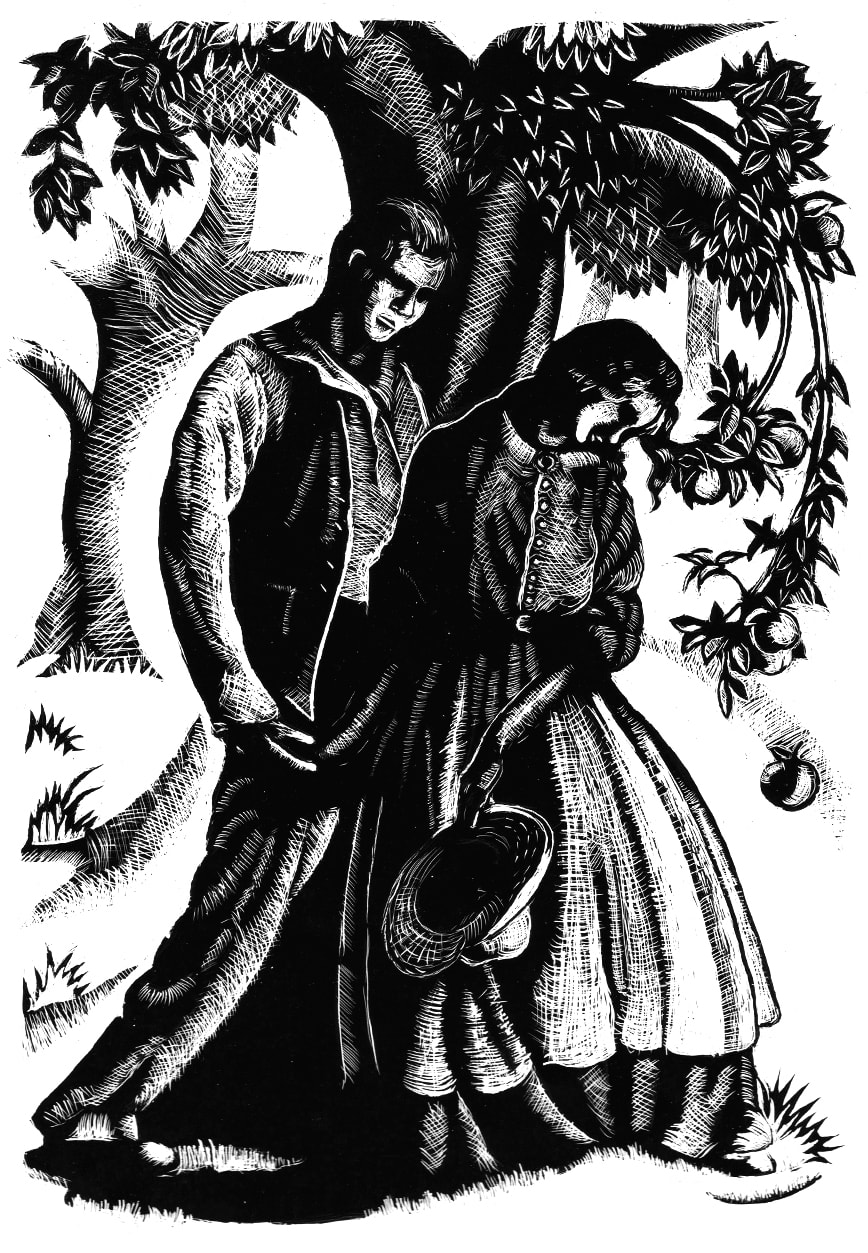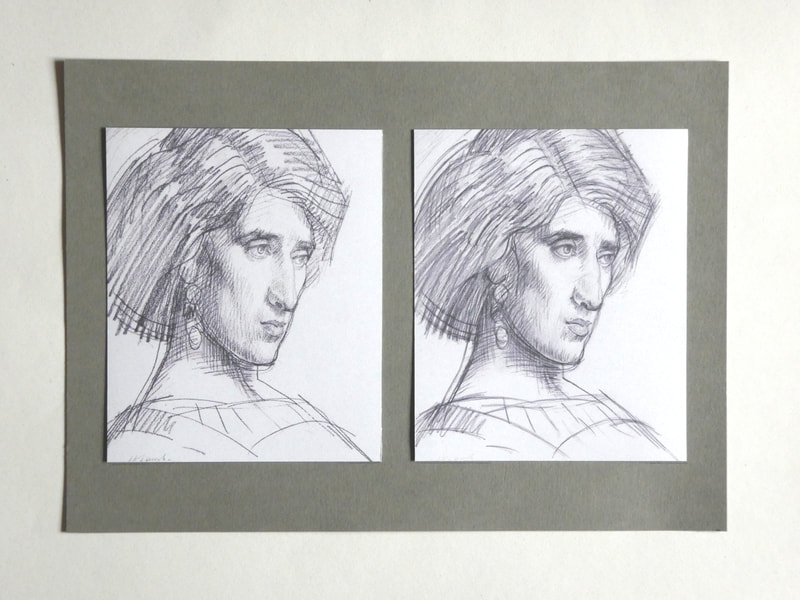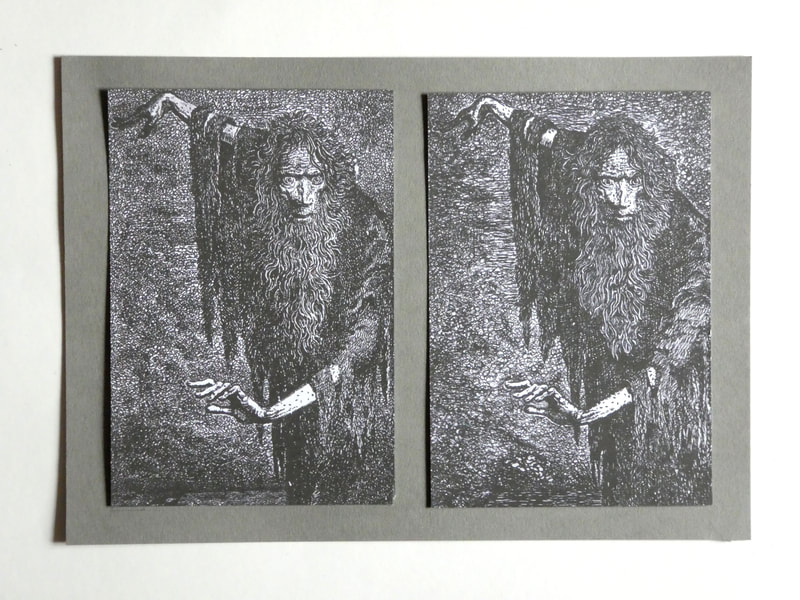- MASTER FORGER -
|
Pencil
The piece that we had to re-create in pencil was a drawing created by Henry Lamb. Before I started, I researched Henry Lamb, but couldn't find many other pencil drawings. However there were a lot of Oil paint portraits, alongside some landscape paintings. Henry Lamb was born in Adelaide, Australia in 1883, and was raised in Manchester, England. He trained as a Doctor. Lamb abandoned the pursuit of Medicine in 1905. After leaving his medical studies behind, he moved to London and enrolled at the Chelsea School of Art. This instilled in him a great appreciation of drawing from observation, as well as great skill and precision. Lamb did return to the medical field upon the outbreak of WW1 and served as a surgeon in both Palestine and Macedonia during the war. Henry Lamb was appointed to be an official War Artist. This influence can be seen on his artwork moving forward, each portrait evokes an emotion. This gives the viewer a greater appreciation of the subject of the artwork. |
Henry Lamb
(1883 - 1960)
(1883 - 1960)
Pencil Experimentation
For my pencil experimentation I tested all of my different sizes of pencils, as well as looking at how to create the kind of texture that is present within the original piece of art. I found that using a 5B pencil was the best for the kind of marks that the pencil needed to make. The B pencils were better overall because they are bold yet soft, whereas the H pencils didn't give me the fuzzy quality to the pencil lines that the original had. Additionally I tested shading and mark marking.
Final Pencil Forgery
(Original Left - Forgery Right)
(Original Left - Forgery Right)
|
Pen and Ink The piece that we had to re-create with Pen and Ink was an illustration by Mervyn Peake. Mervyn Peake was born in Kuling, China in 1911. Both of his parents were English missionaries so they later returned to England when he was 12 years old. Peake attended Eltham College and Croydon School of Art from 1929 to 1933. He joined the artist’s colony on Sark for two years (1933-1935), after which he began teaching at the Westminster school of art to earn a living in 1936. It was there that he met his future wife the painter Maeve Gilmore, they went on to have three children. He illustrated some of the classic children’s books such as Alice in Wonderland and Treasure Island. These were inspired by his own understanding and appreciation of highly renowned illustrators (such as William Blake, Albrecht Durer and Gustave Dore). During WW2 he served in the Army and became a War Artist, Peake was one of the first civilians to enter the concentration camp at Belsen in 1945. He was affected greatly by this experience, which caused him to start to create more disturbing paintings and poetry. |
Mervyn Peake
(1911 - 1968)
(1911 - 1968)
Pen and Ink Experimentation
For this piece I tested a lot of different textures to try to get used to using a dip pen, it was very difficult and time consuming (I also ended up with a stained black hand). This exercise helped me to work out a collection of textures that I would need to use for the final illustration.
I also decided to look at the lines that a ball point pen makes in comparison to a dip pen out of curiosity, I can now see that a ballpoint pen doesn't has the precision or elegance of a dip pen. However a dip pen is more dangerous, as blobs of ink can occur.
I also decided to look at the lines that a ball point pen makes in comparison to a dip pen out of curiosity, I can now see that a ballpoint pen doesn't has the precision or elegance of a dip pen. However a dip pen is more dangerous, as blobs of ink can occur.
Process
This was a really long process, filled with lots of learning opportunities. I had a few times when my dip pen created an ink blob on my page which was incredibly frustrating, however I managed to fix that accident with some white ink. I still don't know what went wrong with my dip pen but it stopped working at one point then it blobbed. Any (ink) "tips" will be very much appreciated!
Final Pen and Ink Forgery
(Original Left - Forgery Right)
(Original Left - Forgery Right)
|
Scraperboard The piece that we had to re-create on Scraperboard was an illustration by Clare Leighton. Clare Leighton was born in London. Her natural curiosity towards art was encouraged by her parents and her Uncle Jack Leighton, who was an Illustrator. In 1915 she began studying at Brighton College of Art, and later continued her training at the Slade School of Arts and Crafts from 1921 to 1923. During the 1920s and the 1930s, the world was going through fast and drastic changes. This had a great impact upon her artwork, as she chose her subjects to be rural people who were going about their own business. She was a great believer in the positive effects of countryside life to the point that she wrote and illustrated multiple books that praised this lifestyle. Leighton emigrated to the US in 1945. Throughout the course of her life she became the first woman to have a book on wood-engraving published and she played an important role within the popularisation of this medium. |
Clare Leighton
(1858 - 1934)
(1858 - 1934)
Scraperboard Experimentation
It has been a long time since I have used scraperboard, I believe the last time was one of those premade kits that I had as a child. So this was a learning curve, I started by testing my implements to determine which would work best for the illustration. In the end I picked to work with 1,2 and 4 as they gave me the greatest control of the marks that I was making.
Process
It was a difficult process to get a tracing of the image onto my scraperboard as I don't have any transfer paper.
So I used a white aquarelle watercolour pencil on tracing paper to transfer the design.
So I used a white aquarelle watercolour pencil on tracing paper to transfer the design.
Final Scraperboard Forgery
(Original Left - Forgery Right)
(Original Left - Forgery Right)
Mounted Artwork


